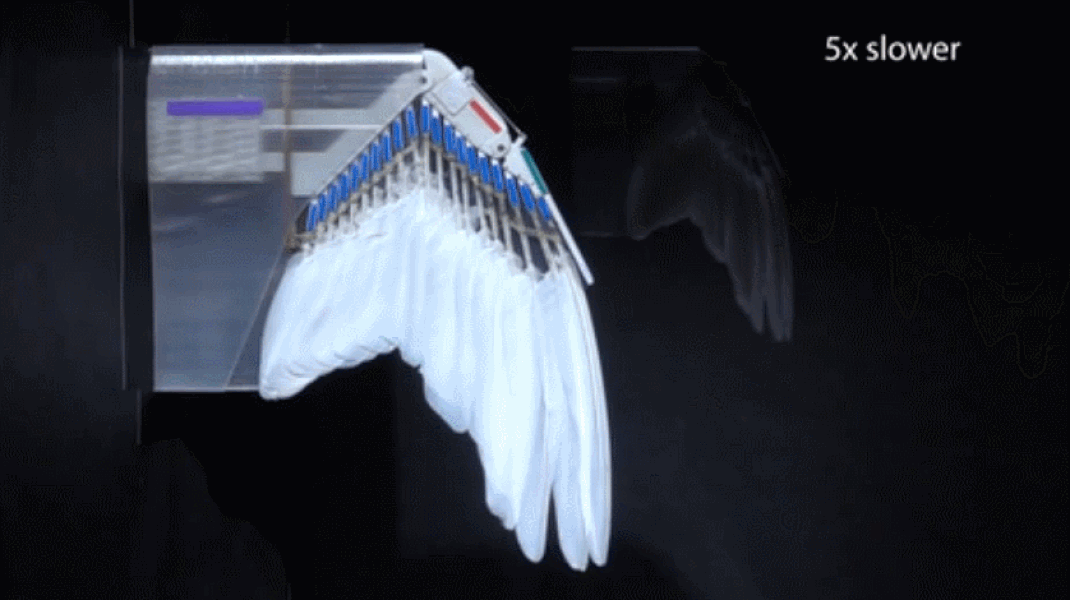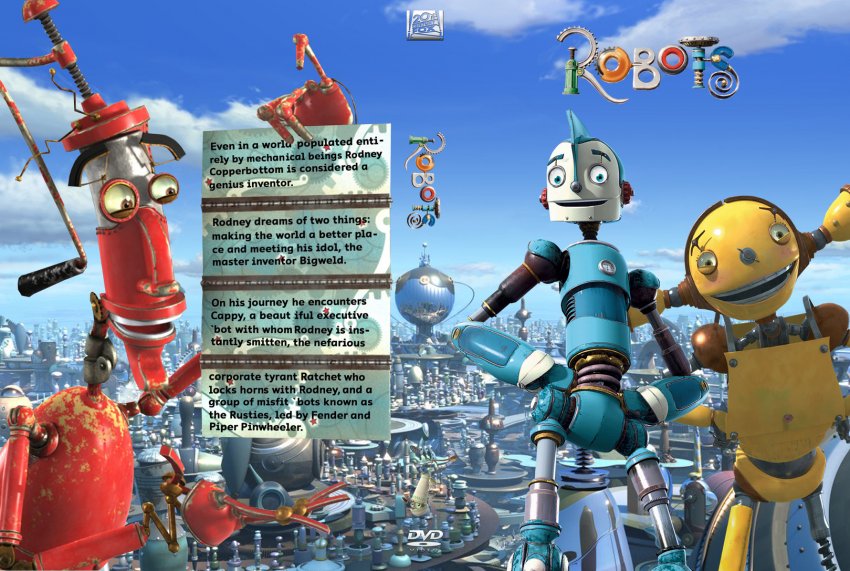Most of us see birds every day. Go look outside your nearest window and chances are you’re not going to have to wait long before you spot a feathered friend cruising by. Despite that, scientists have long struggled with replicating the flight mechanics that birds are naturally blessed with.
Building a “bird robot” that flies with fixed wings is easy enough, but creating something that bends and flaps its wings like a real animal is surprisingly difficult. Now, a team of researchers has taken a huge step toward achieving that lofty goal with a new artificial avian aptly named PigeonBot.

Combing pigeon feathers with a robot allowed researchers to learn more about how birds fly, and hints at possible aircraft designs of the future. Amp videoyoutube Jan 16 bookmarkborder.
So, how do you go about replicating the wings of a pigeon? You use real pigeon wings, of course! The researchers, who describe their work in a new paper published in Science Robotics, took an “if it ain’t broke, don’t fix it” approach to constructing the PigeonBot.
They built wings that bend in two places, closely resembling the wings of actual birds, carefully noting the angles at which real bird wings move during flight. Then, rather than trying to beat nature at its own game, they used real, actual pigeon feathers (taken from deceased birds, of course) to fill in the wings.

- Super Mechs is a war robot game that tests your logic and wit. Be brave and fight for victory against other war robots worldwide in a unique single-player campaign and challenging PVP battles. Important notes: Super Mechs is a unique battle bots MMO action game that requires an.
- If you are familiar with eagle robot mini games then Spy Pigeon Robot mini game is next thing you need. Transforming robot into a future bicycle or a robot pigeon to spy the opponents. Shoot down the flying robot in this robot fight shooting mini game. Wonder why transforming mini games are best known for robot war and shooting mini games journey.
- Assemble, and how to command the robot to perform such actions. To command the robot, users must join custom snap-on blocks to create a sequence of actions. We used nine blocks with different functions: (A) a play block - to start the sequence; (B) target blocks - to target the message to the group or to the staff and (C) 6 different.
The aim of the project wasn’t to just create lifelike bird bots that scientists could send into the skies for fun, but rather to give researchers an easier way to study how the wings of a pigeon work to keep it aloft. That plan has apparently worked splendidly, as a second study using the robotic wings revealed one of the secrets of how pigeon wings move during flight.
The researchers in that study, published in Science, explain that the feathers themselves have “hooks” that latch on to neighboring feathers as the bird flaps its wings. These hooks are so small that you can’t see them with the naked eye, but they were revealed using microscope technology.
Fox News Flash top headlines for Jan. 16
Fox News Flash top headlines for Jan. 16 are here. Check out what's clicking on Foxnews.com
Could pigeons be the model for a new generation of flying robots?
That's what the researchers who built PigeonBot, a robotic pigeon with actual feathered wings, seem to be betting.
Having birdlike wings could help airborne machines make better turns in tighter spaces, such as in dense urban environments or forests, a roboticist who was not involved in the study explained to Science News.
Researchers extended or bent the wings of dead pigeons to determine how the birds control their wing shape.
A new robotic bird made with real pigeon feathers is the first robot that can change the shape of its wings like a bird. (Lentink Lab/Stanford Univ.)
Pigeon Robot Game Play
As Science News reports, the experiments showed that the angles of two wing joints have the biggest impact on the alignment of a wing's flight feathers. The orientation of those feathers, which aid the bird in flight, help determine the wing’s shape.
The scientists built a robot with real pigeon feathers, whose faux wrists and fingers can morph its wing shape -- as they had observed in the pigeon cadavers.
“What’s really cool about this robot is … you can make manipulations in a robot wing that you could never do or want to do in a bird” to study flight, says David Lentink, an engineer and biologist at Stanford University.
Give Up Robot
The new robot is described Thursday in Science Robotics.